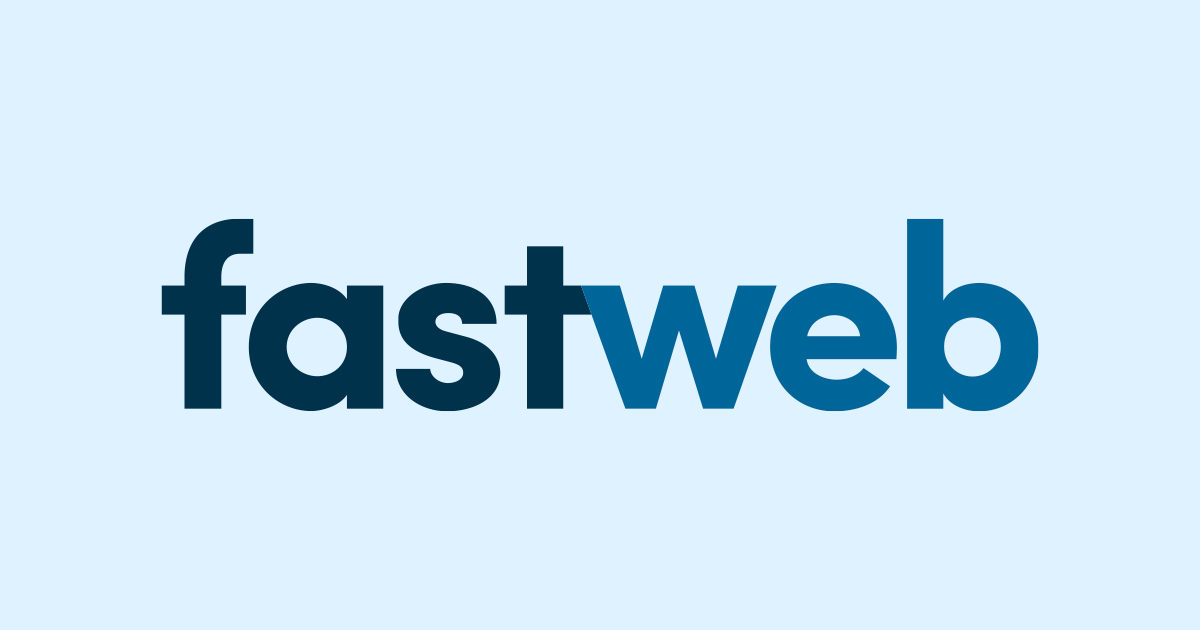
Paying for College
Some thoughts for the starting school year

Everyone’s financial situation is different. Being accepted into your school of choice is cause for celebration--so don’t let the price tag damper your excitement. When it’s time to start planning how to pay for college, there are many resources to help you find a financial plan that works for you and your family and help you pay for college.
The FAFSA
The most important first step you should take when figuring out how to pay for college is to fill out the Free Application for Federal Student Aid or FAFSA. This form will determine your eligibility for financial assistance like federal loans, grants, work-study benefits and possibly merit aid. Once you’ve completed the FAFSA, you’ll get a better idea of your option.
FAFSA Guidelines:
Step ONE: Create Your FSA ID
Your FSA ID is a username and password combination that you will use to access your financial aid information. Be sure to use the FSA ID cheat sheet to save your information.
Step TWO: Fill Out Your FAFSA
Download the myStudentAid app or go to studentaid.gov to start the FAFSA. You will need your FSA ID to get started.
Checklist of what you will need to complete the FAFSA:
- Your FSA ID.
- Your email address.
- Social Security Number (SSN), or Alien Registration number if you are an eligible noncitizen.
- Driver’s license, if you have one.
- Federal income tax return, W-2s, and untaxed income records, if available.
- Current bank statements.
- Each school has a FAFSA code. Look on the school's website to find that code.
- Your parent or guardian’s FSA ID.
- Federal income tax return, W-2s, and untaxed income records.
- Bank statements.
- Business and/or investment record.
FAFSA Tips
- Do not leave any questions blank. Use 0 if the answer is zero.
- If your parent does not have a Social Security Number (SSN) enter all zeros. DO NOT MAKE UP A NUMBER.
- The name you list on the FAFSA must match the name on your Social Security card. This is especially important for students that have a suffix.
- Do not use your high school email for the FAFSA. Use a personal email address that you can access after graduation.
- Remember to sign the FAFSA. The signature page allows you to submit the form without a signature, but this will cause an error.
- Take your time. Reach out if you have questions or need help completing the form.
Step THREE: Review Your Student Aid Report (SAR)
After submitting your FAFSA, you’ll receive a personal Student Aid Report (SAR) via email. The school(s) you list on your FAFSA will have access to your SAR data electronically within a day after it is processed.
Seek our the Financial Aid office at a college you are applying to or attend a College Goal Wisconsin event to get assistance with your application.
Scholarships
Scholarships offer money for college that does not need to be paid back. They often cover a specific area of study, interest, qualification, or achievement, and are funded by many different providers. It's a good idea to check with organizations in your community, like churches, businesses, foundations, and even your parents’ employers.
Grants
Grants are a form of financial aid that does not usually get repaid. They cover a variety of education-related expenses, such as tuition and fees, room and board, and books and supplies.
Grants along with scholarships are often called “gift aid,” or free money for college, but they are not the same. Scholarships are awarded for merit or talents, while grants tend to be given out based on financial need.
Work Study
A work-study program provides part-time employment opportunities on or off campus while you’re in school. Work-study helps those with financial need pay for tuition costs, fees, or other costs like room and board.
Your Own Income and Savings
Paying for college is expensive but working and earning while in school and during the summer may help cover college living expenses and help pay for tuition. Assess how much personal savings and income you can reasonably put toward college expenses.
Federal Student Loans
Borrowing money through federal student loans is also one of the most common methods of paying for college. Federal loans, which are issued by the government, are categorized into two types for undergraduate students: direct subsidized loans (based on financial need) and direct unsubsidized loans (not based on financial need). They offer a low fixed interest rate and flexible repayment options.
Private student loans
Private student loans are provided by banks, credit unions, and other private lenders, and should be used to pay for college costs that aren’t covered by scholarships, grants, savings, or federal financial aid. With private student loans, you can borrow up to 100% of your cost of attendance which can include tuition, fees, room & board, and other college costs. Private student loans offer variable or fixed interest rates, and you can pay them while you’re in school or when you graduate.







